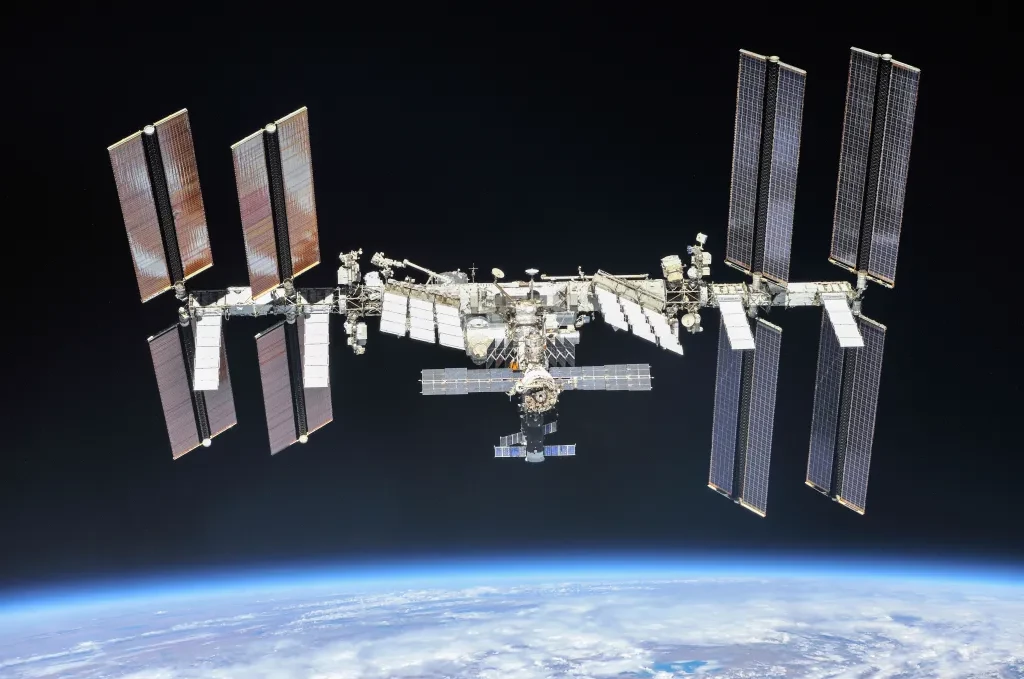NASA has revealed details about its plan to deorbit the International Space Station (ISS) after it's decommissioned in 2030. At a press conference, NASA explained how the US Deorbit Vehicle (USDV) being built by SpaceX will be used for the job.
The ISS is arguably one of the most ambitious, certainly the most costly, piece of space engineering ever attempted. In its 24 years of operation it has provided scientific advances, sparked controversy, and been the focus of the sort of geopolitical tensions that it was intended to calm.
Today, the 15 partner nations that operate the orbital station are faced with the problem of what to do with it when it leaves service in 2030. While some have suggested finding some way to preserve it or to salvage it for other missions, the harsh fact is that 30 years in orbit will have left the ISS in pretty poor condition. Leaving aside that many of its components are worn out or obsolete, its structural elements are suffering very badly from thermal, torsional, and tidal fatigue. If it could be refurbished at all, it would require the services of a non-existent dry dock.
In addition, being inhabited for almost three decades has left many of the station's habitat modules more than a bit manky.
It can't remain where it is. At an altitude of about 250 miles (400 km), its orbit is much too unstable and its orbit is constantly decaying. It can't, realistically, be boosted to a higher orbit because that would require far too much energy provided by a thruster system that doesn't exist and it's doubtful its structure would survive the maneuver.
This leaves a controlled reentry into the Earth's atmosphere that allows it to burn up and any remaining debris to fall into a remote, uninhabited region of the South Pacific. This was understood from the earliest days of the program and the initial idea was to use three Russian Progress cargo spacecraft for the job, but relations between the United States and Russia, plus technical considerations, have taken this off the table.

The new plan is to use a purpose-built USDV spacecraft from SpaceX to conduct the deorbit. It's not an easy task. It isn't simply a matter of jamming on the brakes to send the ISS out of orbit. Orbital mechanics are quite complex and the station has to be kept in a circular orbit with the parameters carefully controlled. This means whatever device used to deorbit has to be very precise.
Because there are only a few years left before deorbiting, NASA and SpaceX have opted for using existing designs, technologies, and off-the-shelf components to speed up development. Time is especially short due to the space agency wanting the USDV docked with the ISS 18 months before final reentry.
The USDV is essentially a Dragon capsule with a souped-up service module equipped with six times the propellant and up to four times the thrust of the standard variant. The idea is that the ISS will be allowed to naturally lower its altitude as its orbit decays over a few years, with the USDV providing periodic course corrections to keep the orbital lab on the desired trajectory. During the last week of the station's life, the vehicle will conduct a series of burns to put it on final reentry.
US policy after the ISS is out of service is to switch to buying time and space on the next generation of commercial outposts now being developed by various companies. Should these outposts be delayed, the USDV can also be used to extend the life of the station to prevent a space station gap in the next decade.
Source: NASA





